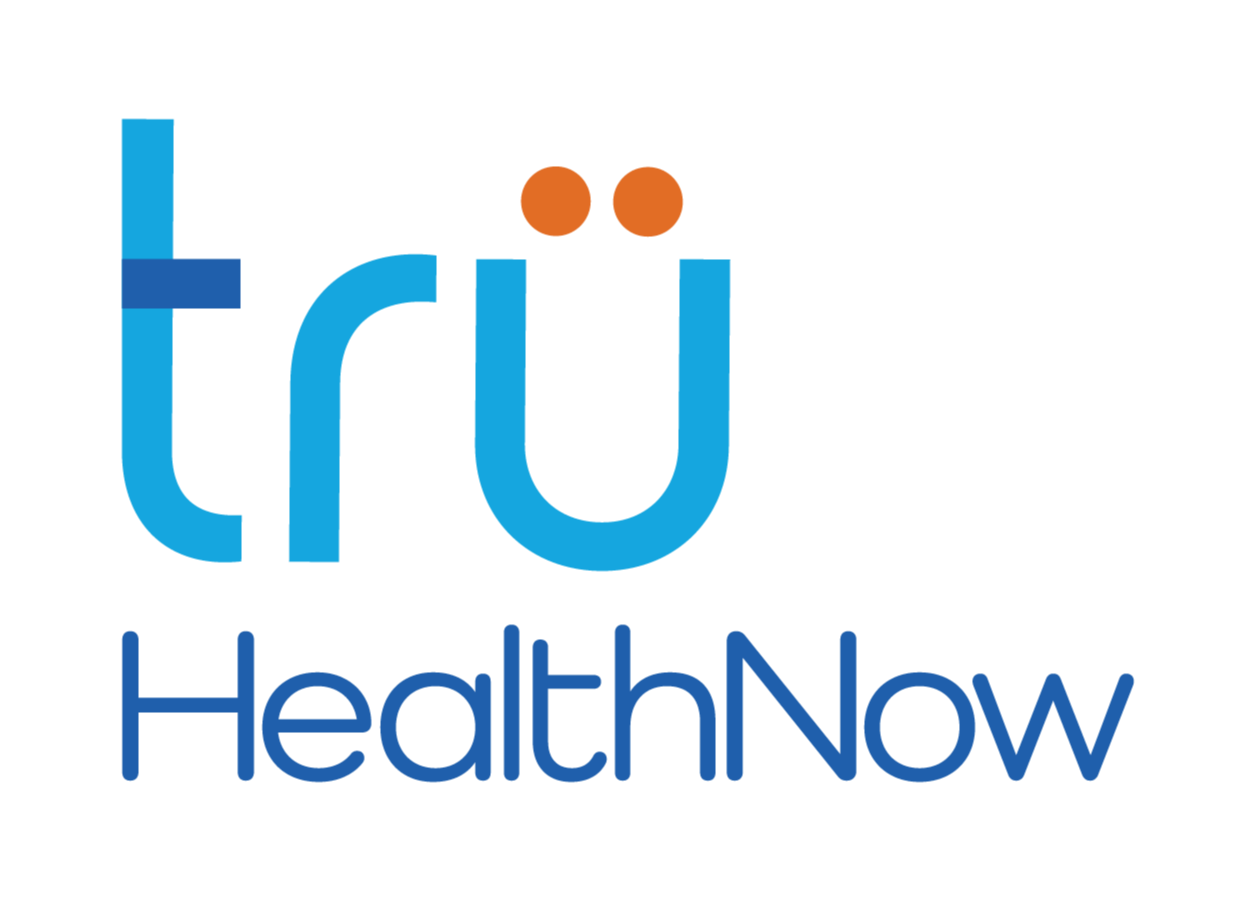
Burns
A burn is developed when warmth, chemicals, sunlight, electricity, or irradiation damage skin tissue. Most burns are accidental. One can find burns in various degrees. The healthcare provider usually evaluates a burn's severity based on the burn's depth and the amount of skin affected. Burns can cause discomfort as they are very painful. A burn that is not treated could become septic.
The Frequency Of Burns:
Every year, around 500,000 people with burn injuries visit the emergency room. Accidental burn injuries to children are very common. More than 300 youngsters need burn injury emergency care each day.
Various Types Of Burns And How They Are Handled:
Burns of the first degree:
These burns usually appear red, dry, and blister-free. Typically, it only affects the outermost layer of the skin.
Treatment: Apply a cold pack and consider using over-the-counter analgesics. Run some cool water on the burn. Use aloe vera gel in case of sunburns. Apply antibiotic cream on thermal burns and lightly wrap them in gauze.
Burns of the second degree:
These burns may result in blisters, redness, seeping fluid, and the possible loss of some skin. This is because the skin gets damaged on different levels.
Treatment: One should apply cool compresses for at least 10 to 15 minutes while immersing oneself in cool water for therapy. Avoid popping or emptying a blister. Medications may be necessary for this burn. To destroy bacteria, your doctor might advise a stronger antibiotic cream that contains silver, such as silver sulfadiazine. The burned region can feel less painful and swollen if it is elevated.
Burns of a third degree:
These burns cause the loss of skin layers. As a result, it might appear white, charred, or black. In addition, the skin may feel vaguely leathery or dry. Damage reaches the skin's innermost layer and could even get underlying tissue underneath.
Treatment: In the event of a third-degree burn, the patient needs immediate medical attention. Applying oil or ointments to a burn could make it infected. Instead, use a clean, light cloth to cover the burn. Keep the person at rest, cozy, as well as at ease. If the patient is experiencing any breathing issues or loses consciousness, consult doctors.
How Are Burns Identified?
Your health professional will examine the area to analyze the extent or degree of both burns. The depth, as well as the percentage of burn that is affected by such a process, are calculated. For example, a doctor could classify the burns as:
- Mild: First- and second-degree burns with a body cover of less than 10% are considered minor and infrequently require hospitalization.
- Moderate: 10% or more of a body with second-degree burns is considered right. Burns that impact your hands, feet, face, or genital can be mild or severe.
- Severe: Burns of the third degree, which cover more than half the body, are classified as powerful.
What Are The Burn Complications?
Burns of a third degree that are severe and cover a large area of skin are highly hazardous and could even be fatal. Even second-degree burns have the potential to develop septic, discolor, and scar. First-degree burns do not cause any scars.
Third-degree burn complications may include:
- Arrhythmia, or increased heart rate, is brought on by an electrical burn.
- Dehydration.
- Scars and contractures that are unsightly.
- Edema (excess fluid and swelling in tissues).
- System Malfunction
- Pneumonia
- Hypotension: Low blood pressure, which may cause shock.
- Severe illness that could end in sepsis or amputation.
How Can One Prevent Getting Burned?
There are many unintentional sources of burns. However, the factions can be taken to reduce the likelihood of burns:
- Put on sunscreen.
- The temperature in the house with the water heater should be lower than 120 degrees.
- Before entering a bath or shower or bathing a child, always check the water temperature.
- Lock all chemicals, flashlights, and matchsticks.
- Cooking safety tips include turning pot or panhandles in areas where they will not be bumped and just never leaving the stove unsupervised.
- Never leave a child unattended, and install safety precautions around a fireplace.
- Install smoke alarms in your house and test them frequently to avoid fire hazards.
- Install fire extinguishers in the home and learn how and where to use them.
- Cover the electric plugs or sockets with coverings.
What Are The Prospects For Those That Have Burned?
Most first- and second-degree burns heal in between two and three weeks with the right care. Depending on the burn's severity, some may have scarring, but it could go with time. Physical and occupational treatment is essential for those recovering from third-degree burns to retain joint mobility and enhance function. Some people used to experience post-traumatic stress disorder (PTSD) or depression after a burning accident. However, many people with wounds that encompass even 90 percent of the entire body survive due to various medical advancements.
Conclusion:
Burns are mostly unintentional. The most vulnerable populations to burn accidents are children and senior citizens. Treatment is required for severe burns to prevent infection and severe scarring. The most serious wound, third-degree fires, can be fatal. Prompt medical assistance can assist you when a loved one develops a blistering burn.
Sign up for our newsletter






%201.png)
